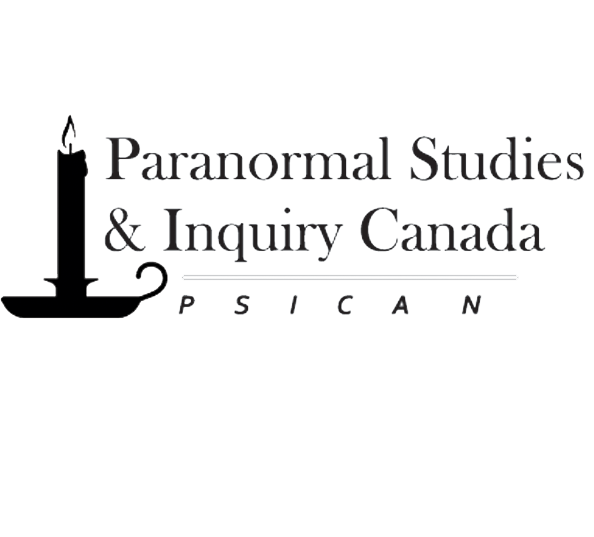Article Index
STATISTICAL CORRELATIONS OF THE TST AND UFO OBSERVATIONS
In several papers on the TST, its major proponent offers statistical arguments in support of the theory. The conclu- sions reached by some authors (e.g. Persinger 1983a, 1983b, 1983c) seem to show that the variations in numbers of UFO reports vary with numbers of earthquakes: "In general, UFO report numbers [tend] to increase two to three years after decreases in geomagnetic activity and the year after increases in the number of local, low intensity earth tremors." (Persinger, 1981) The disquieting aspect of the TST is that the correlation is said to be due to "as yet unspecified processes associated with tectonic strain (Persinger, 1981)", but the factors creating the variance are described as existing YEARS before an actual detectable seismic event. While this might be true in the sense that stresses leading up to an earthquake build over long periods of time, this suggests characteristics for the "unspecified processes" without clearly understanding the processes themselves.
In one paper, yearly totals for UFO "flaps" were taken from Fate magazine, tabulated earlier by the author (Persinger and Lafreniere, 1977). Yearly totals for earthquakes of various intensities (MM: VI) were taken from U.S. Department of Commerce earthquake pub- lications, and yearly means for sunspot numbers were taken from the Journal of GeoPhysical Research. The total number of UFO reports used for analysis over a 15-year period was 214, while the sunspot numbers ranged up to values near 1000 per year, so their values were substituted by their square roots. Outliers of variables with a skewness greater than 1.00 were recoded (i.e. given alternate values). The end result was that both the r and the r^2 values were generally high, with the r^2 values between 0.53 and 0.70 for the UFO/earthquake correlations (the r value is often called the "Pearson Product", which is the correlation coefficient and is an indicator of the dependence of one variable upon another). It was noted that although there was an overall trend in the data, some variables did not fall into the same pattern, showing regional differences. The results provided a pattern by which UFO report numbers were predicted for years beyond the study{3} (see figure 1; Persinger, 1981). __________ {3}
More predictions were made, based on studies of UFO re- ports from the years 1950-1975. "Missed" predicted UFO flap years were explained from a sociological perspective (Persinger, 1983d).
Figure 1: A comparison of observed versus predicted values for total numbers of UFO reports and their square roots. Reproduced from Persinger (1981).
A similar series of reported calculations was used in the study of UFO reports from the pre-Arnold period (pre-1947; specifically, 1820-1920), originally chronicled by a historical researcher (Charles Fort) and compiled by the study's author (Persinger and Lafreniere, 1977). The yearly UFO re- port numbers were compared with yearly numbers of sunspot numbers and earthquakes. Once again, the correlation was re- ported as being very high, and that the relation "accurately classified more than 90% of the luminosity events (Persinger, 1983a)." In dealing with the UFO data, several methods were used to correlate geophysical data. In one method, "all solar and seismic variables were lagged from 1 to 6 [years]", while the "luminosity variables were not lagged or lagged 3 [years] (Persinger, 1983a)." The UFO data was also in a peculiar form: the number of reports per year was usu- ally less than three, "although [that] type of year was not very frequent (Persinger, 1983a)."
Essentially, correlations were found between significant numbers of earthquakes (and sunspots) and one or two UFO reports in a particular year. Interestingly, the historical UFO reports took on various forms, including accounts of "phantom armies" in the sky. All the data were selected from Central western Europe in this study, including only the countries Germany, Austria, France, Italy and Switzerland, a geographical span of over 1000 kilometres. The correlation results of this study are shown in figure 2. - 22 - Figure 2: Predicted relative yearly levels of UFO activity compared with years of actual reports of "odd luminosities" (arrows). The years within the bar were used in the calculation of the prediction function. Reproduced from Persinger (1983a). - -
Yet another study involved the correlation of different types of UFO reports, according to the classification system employed by Saunders (1978). In this system, UFO reports are categorized by increasing levels of "strangeness" for types I to IX. A type I UFO report, for example, is merely a strange light in the sky, with a high probability of a conventional explanation such as that of a meteor, while a type IX report is a Close Encounter of the 3rd Kind, involving a reported contact with alien entities. Most UFO reports fall into types I, II or III. Each type of report was compared to levels of seismic activity with a "temporal increment" of six months, taken through the specific years examined for the study (Persinger, unpubl). The results are shown in figure 3: "All of the major types of [UFO report] classes were significantly correlated with consequent increases in V or less intensity earth tremors."(Persinger, unpubl) But the maximum r value is only near 0.50, so that the cor- responding r^2 value is near 0.25. This means that only 25% of the variance in UFO reports can be attributed to seismic events in this study. Even its author admits: "This may indicate that a significant portion of the [UFO report] variance for all types of classifications may still involve non-seismic factors." (Persinger, unpub2) - 23 - Figure 3: r-values for the correlation between UFO reports and earthquakes, by UFO type. Reproduced from Persinger (unpub2).


